- Home
- Articles
- Architectural Portfolio
- Architectral Presentation
- Inspirational Stories
- Architecture News
- Visualization
- BIM Industry
- Facade Design
- Parametric Design
- Career
- Landscape Architecture
- Construction
- Artificial Intelligence
- Sketching
- Design Softwares
- Diagrams
- Writing
- Architectural Tips
- Sustainability
- Courses
- Concept
- Technology
- History & Heritage
- Future of Architecture
- Guides & How-To
- Projects
- Interior Design
- Competitions
- Jobs
- Store
- ToolsNew
- More
- Home
- Articles
- Architectural Portfolio
- Architectral Presentation
- Inspirational Stories
- Architecture News
- Visualization
- BIM Industry
- Facade Design
- Parametric Design
- Career
- Landscape Architecture
- Construction
- Artificial Intelligence
- Sketching
- Design Softwares
- Diagrams
- Writing
- Architectural Tips
- Sustainability
- Courses
- Concept
- Technology
- History & Heritage
- Future of Architecture
- Guides & How-To
- Projects
- Interior Design
- Competitions
- Jobs
- Store
- ToolsNew
- More
Landscape and Urban Design Trends
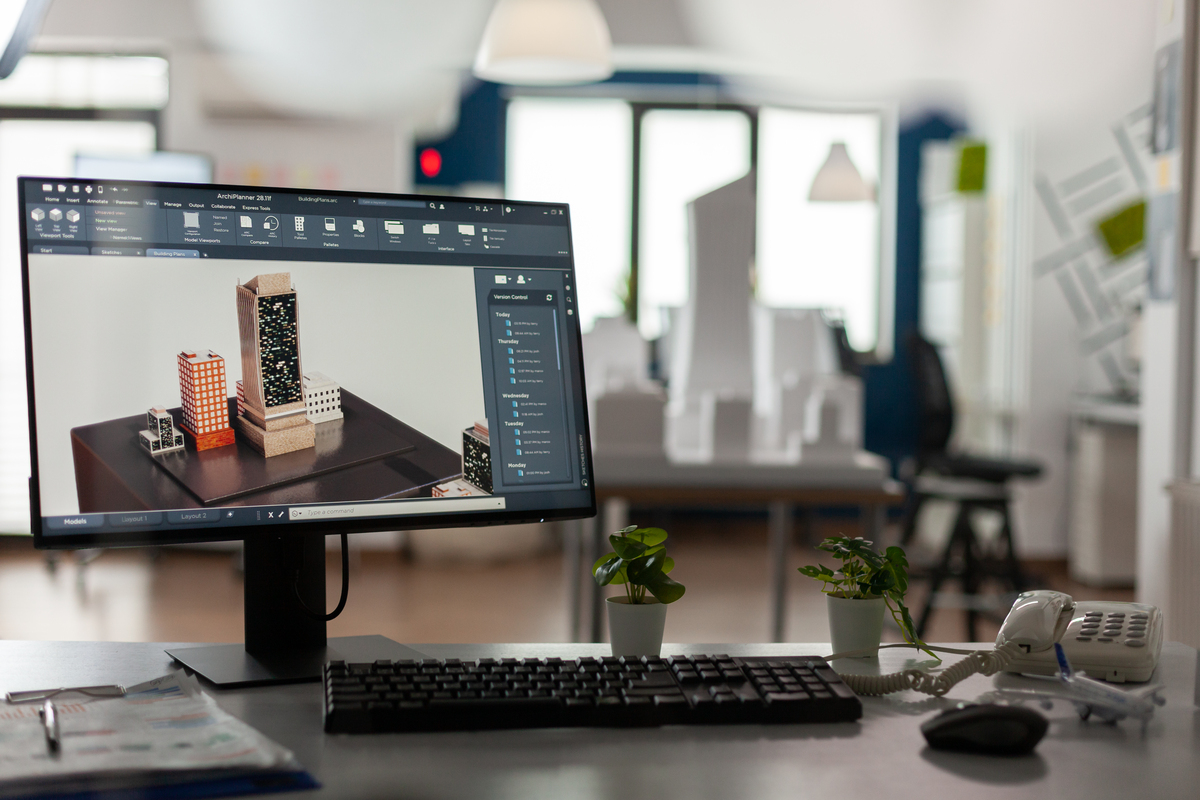
The intersection of nature and urban living is becoming ever more intertwined. As countries worldwide continue to evolve and transform, landscape and urban design trends have emerged that make our cities more efficient, sustainable, enjoyable, and inviting. From innovative green spaces to creative design solutions, this article will explore the top trends in landscape and urban design and how they make our cities more beautiful and livable.
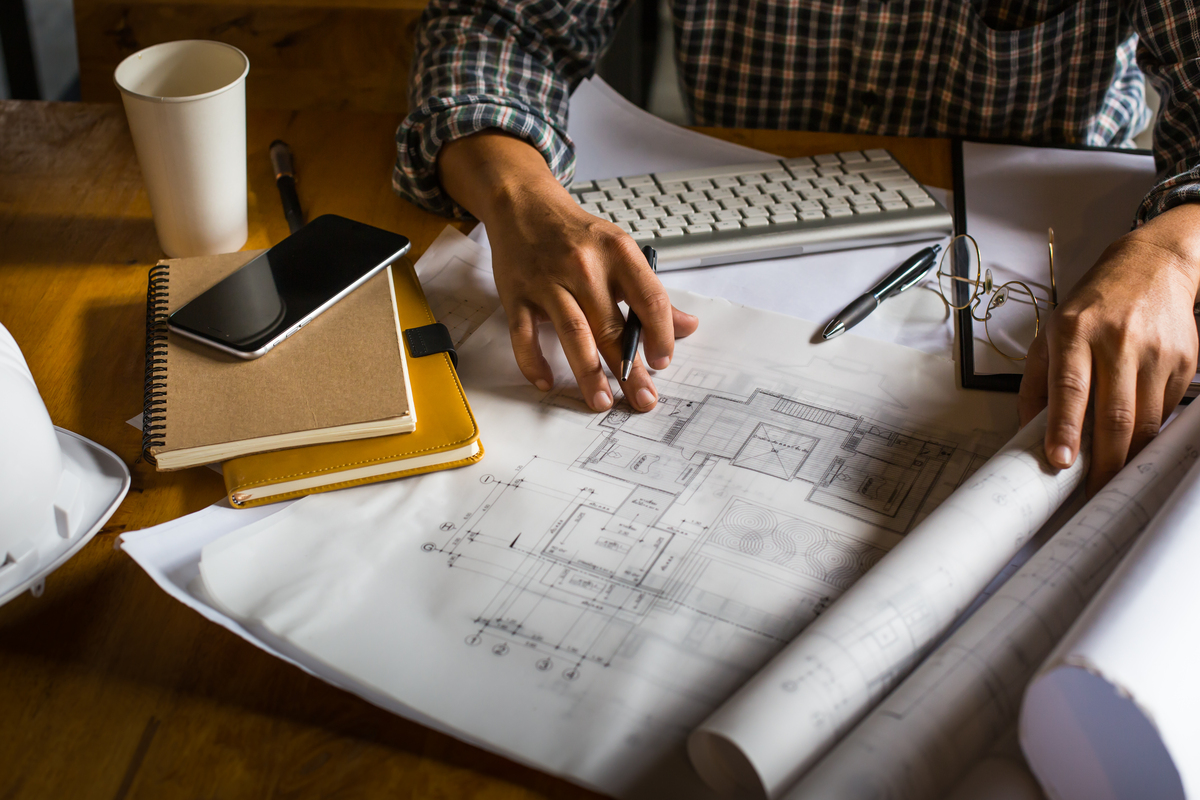
Current Landscape and Urban Design Trends
The landscape and urban design trends are constantly changing due to the impact of technology and changing demographics. Current trends include:
- Green Infrastructure: Green infrastructure is becoming increasingly important as cities look to reduce runoff and improve air quality while providing green spaces for people to enjoy. It includes increasing access to parks and greenways, using living walls to reduce air pollution, and incorporating natural features such as trees and vegetation into city planning.
- Walkability: Cities are creating more inviting walkways with benches, bicycle lanes, interactive displays, and well-defined pedestrian crossings to promote pedestrian activity. It is helping reduce reliance on motorized transportation while creating healthier urban environments.
- Accessibility & Community Engagement: While inclusivity and mobility are two top priorities in modern urban planning, experts put effort into letting people be integral in the community from the comfort of their households. The symbiosis of architects and web designers is providing spaces for interactive activities and conversations. Thanks to free and beautiful invitations provided by VistaCreate (click https://create.vista.com/create/invitations/ to craft a custom invitation), anyone can attract many people to their online event.
- Sustainability: To make cities more sustainable, architects and designers are incorporating renewable energy solutions such as solar panels, wind turbines, and geothermal power. They also utilize green building materials, reduce waste and carbon footprints, and create green spaces.
- Adaptive Reuse: Adaptive reuse is becoming increasingly important as cities look to reduce demolition costs and capitalize on existing infrastructure. It includes transforming old warehouses into modern living spaces, utilizing abandoned railway tracks as green corridors, and retrofitting old factories for new uses.
- Innovative Transportation Solutions: Cities are looking for more innovative transportation solutions such as autonomous vehicles, bicycle-sharing systems, electric buses, and intelligent traffic management systems to reduce traffic congestion and emissions. These solutions will help reduce car reliance while creating safer urban environments for pedestrians and cyclists.

Future Prospects of Landscape and Urban Design
As technology continues to evolve, so do landscape and urban design prospects. In the future, designers will have to consider the following:
The Growing Need for Universal Accessibility
As cities become more accessible for people with disabilities, architects must consider universal accessibility when designing new urban environments. It will include designing buildings that are wheelchair accessible, providing elevators and ramps at pedestrian crossings, and utilizing interactive displays and voice-activated technologies.
Implementation Of The Latest Technologies in Design
As technology advances, landscape architects can incorporate the latest technologies into their designs, such as Artificial Intelligence (AI), 5G connectivity, and Virtual/Augmented Reality (VR/AR). It will allow designers to create more responsive and interactive environments that adapt to changing conditions.
Building Resilience with Nature-Based Solutions
Nature-based solutions such as green roofs and vertical gardens are being used to combat climate change by mitigating air pollution and creating green spaces in an urban environment. These solutions also help create vibrant public spaces that can be used for recreation and community engagement.
Different Sectors Need Different Approaches to Landscape and Urban Design
Landscape and urban design solutions must tailor to the specific needs of different city sectors:
Transit Hubs
Transit hubs need to be efficient and safe while providing easy access for pedestrians, cyclists, and public transportation. It includes constructing wide walkways with ample lighting, well-defined pedestrian crossings, bicycle lanes, interactive displays, and enclosed waiting shelters.
Parks and Recreational Spaces
Parks and recreational spaces need maximum accessibility for people of all ages and abilities. It includes creating green spaces with accessible paths, utilizing interactive elements such as play structures and sports courts, and providing amenities such as picnic shelters, restrooms, and water fountains.
Residences
Residential areas must provide comfort and safety to their inhabitants while promoting an active lifestyle. It touches upon creating inviting outdoor spaces with accessible paths, seating areas, playgrounds, vegetable gardens, urban farms, or other creative elements that foster physical activity and social engagement, according to the landscaping experts from Maryville.

Infrastructure Systems
Infrastructure systems need to be resilient and efficient while minimizing disruption to urban life. It includes utilizing green solutions such as permeable pavements and green roofs to reduce runoff, creating accessible sidewalks with lighting and well-defined pedestrian crossings, and utilizing interactive signage solutions.
Bottom Line
By drawing on the innovative practices of sustainability, access to nature, and public engagement, there is an opportunity to create highly successful and inspiring landscape and urban designs that meet the needs of communities and the environment. With a focus on climate-adaptive design, green infrastructure, and technology, these trends continue to shape how we plan, design and manage our cities and towns. In the end, when thoughtfully implemented, these trends can help create vibrant, healthier, and more resilient cities around the world.
illustrarch is your daily dose of architecture. Leading community designed for all lovers of illustration and #drawing.
Submit your architectural projects
Follow these steps for submission your project. Submission FormLatest Posts
Ultimate Guide to Video Face Swap: Tools, Tips & Ethics
Face swapping isn’t just for memes anymore, with modern AI technology, you...
Smarter Ways to Spend on Home Appliance Upgrades
Buying new appliances isn’t something most homeowners do on a whim. It’s...
Emotional Architecture: Can Buildings Make Us Feel?
Explore how emotional architecture shapes how buildings make us feel. Learn how...
7 Leading Qualitative Market Research Companies in the U.S. (2025)
Numbers tell part of the story, but qualitative research uncovers the why...



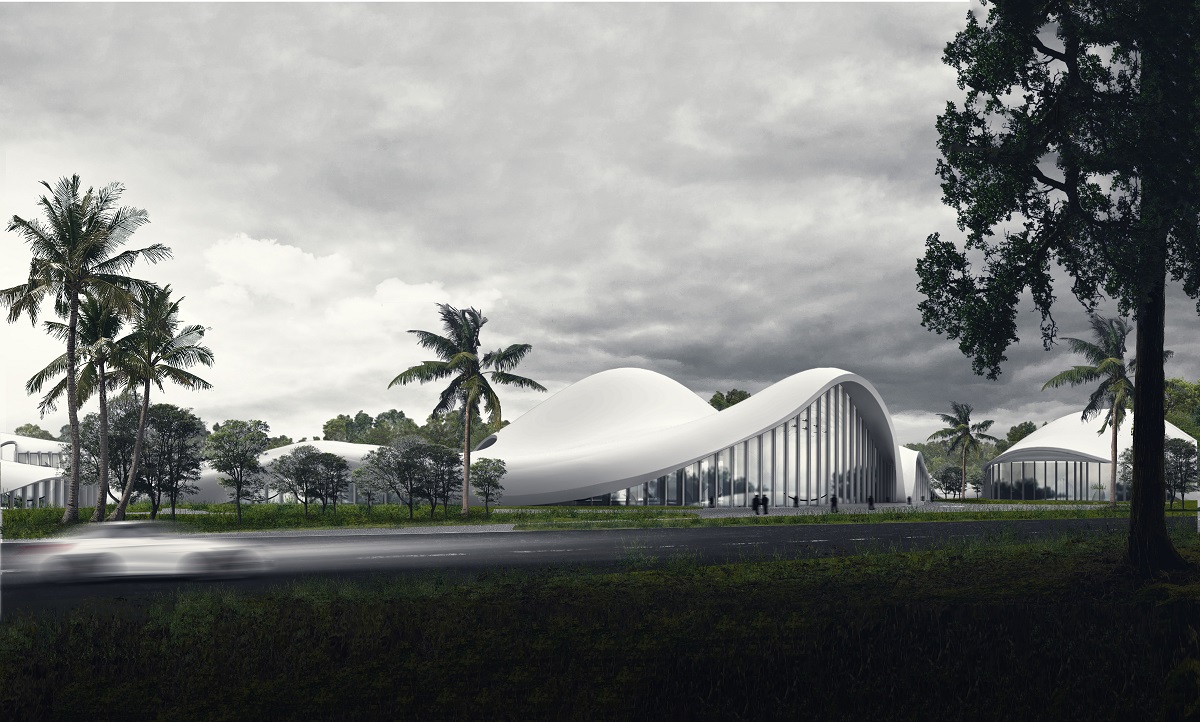

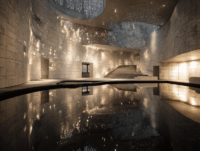




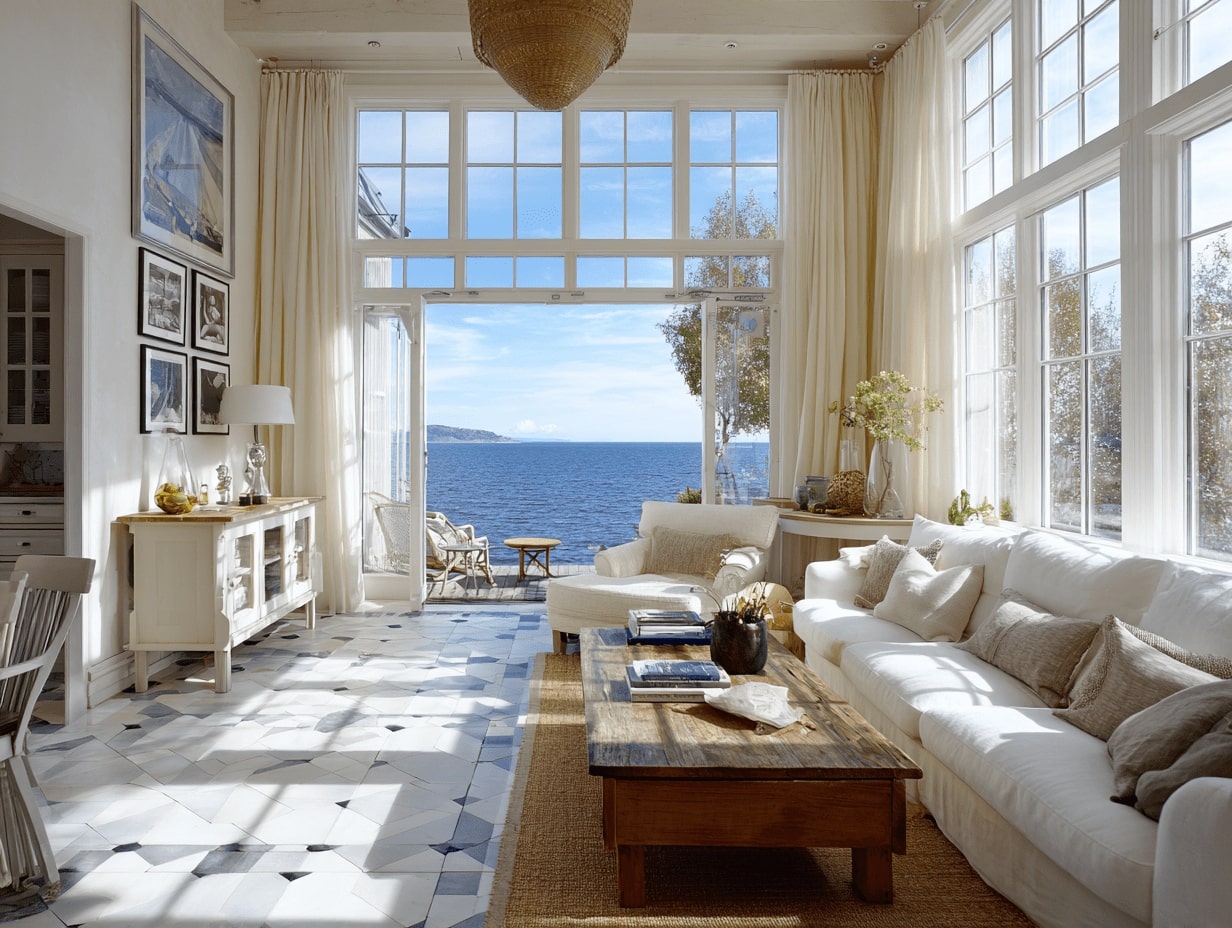

Leave a comment